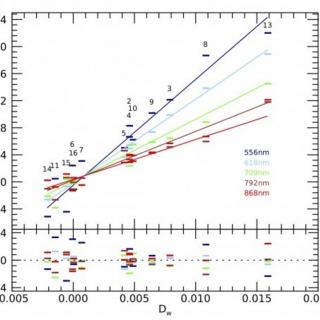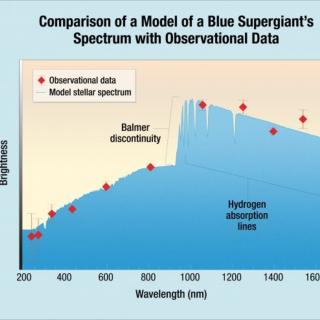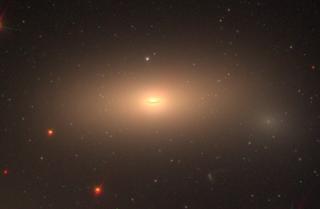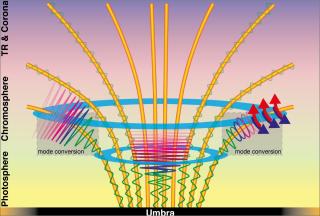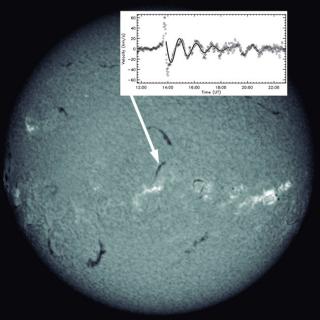
An international team led by researchers from the Instituto de Astrofísica de Canarias (IAC) and the Universidad de La Laguna (ULL) has cataloged around 200 oscillations of the solar prominences during the first half of 2014. Its development has been possible thanks to the GONG network of telescopes, of which one of them is located in the Teide Observatory.
Advertised on
